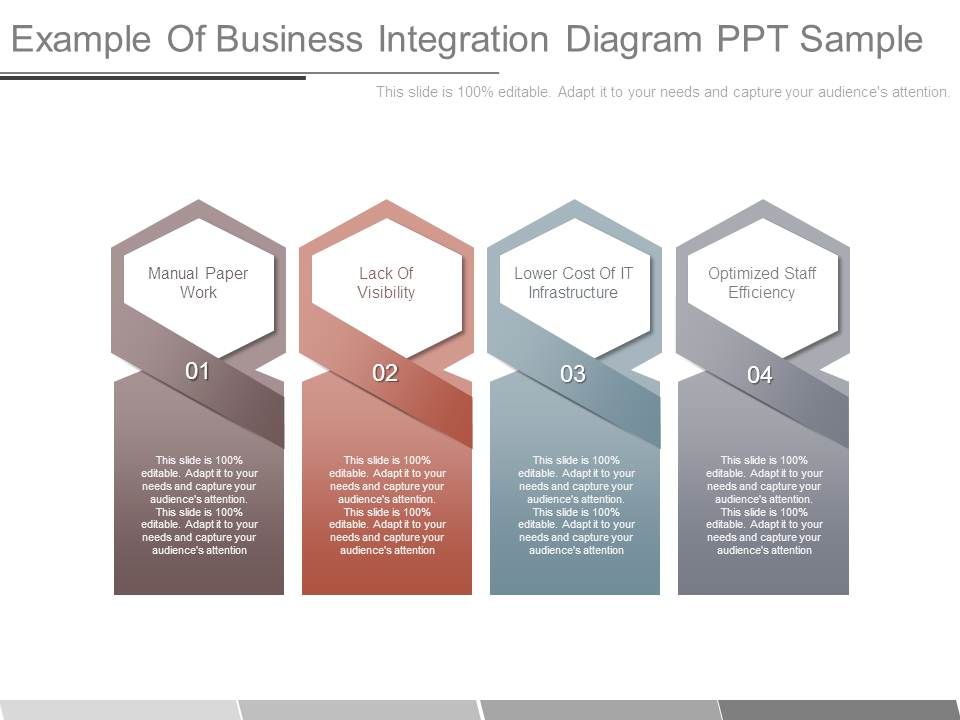

Model: During this step, the team should create a visual representation of the process model.The steps should be clearly defined so that the team can identify the areas for process optimization and the subsequent metrics to track its improvement. From there, individual tasks within the overall BPM process should be identified along with task owners for each step in the workflow. Process design: The team should start by outlining the milestones within the process.To achieve these results, you should fully understand the BPM lifecycle. By applying business process management, organizations can improve their operations, leading to better business outcomes. This helps the team identify areas of improvement and metrics to track progress. As a result, they have been particularly helpful in accelerating digital transformation strategies.Ī successful BPM system starts by defining the stages involved in a workflow. This concept isn’t new six sigma and lean principles are examples of BPM methodologies.īy incorporating advanced analytics, activity monitoring, and decision management capabilities, business process management suites are able to coordinate people, systems, and information and material to achieve business outcomes. Through continuous process reengineering, organizations can streamline their overall workflows, leading to increased efficiencies and cost-savings. Project management refers to a one-time scope of work while BPM focuses specifically on processes that are repeatable. Task management focuses on individual tasks whereas BPM observes the whole end-to-end process. While it is sometimes confused with task and project management, its scope is broader than these adjacent topics. Business process management (BPM), as defined by Gartner (link resides outside of ibm.com), employs methods to discover, model, analyze, measure, improve and optimize business strategy and processes.


 0 kommentar(er)
0 kommentar(er)
